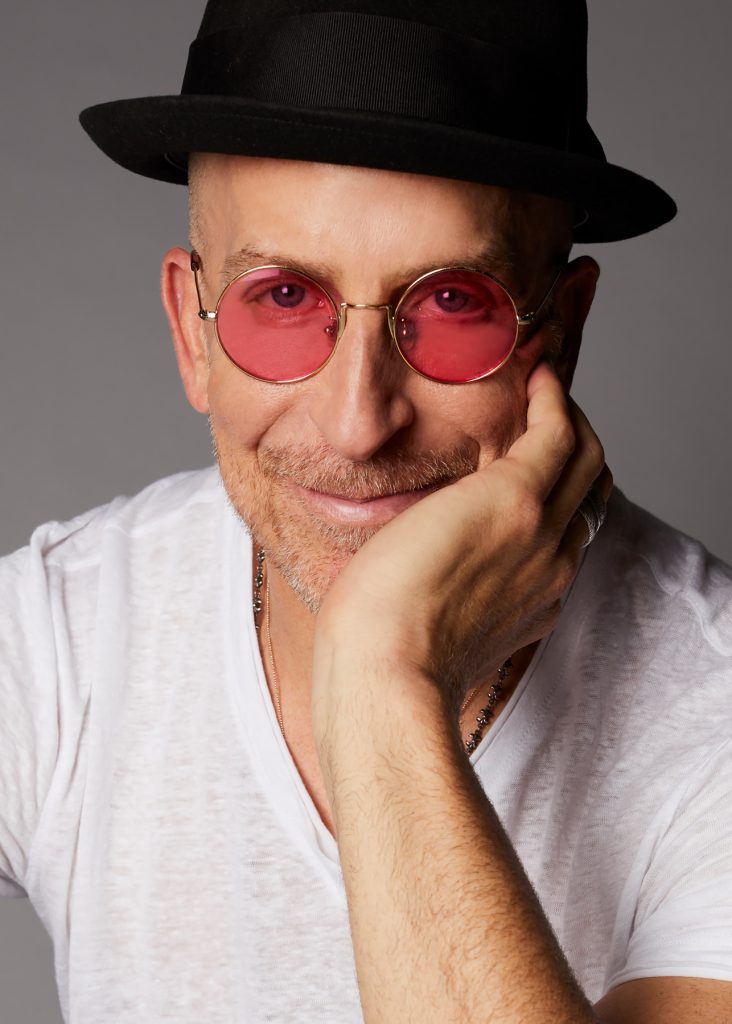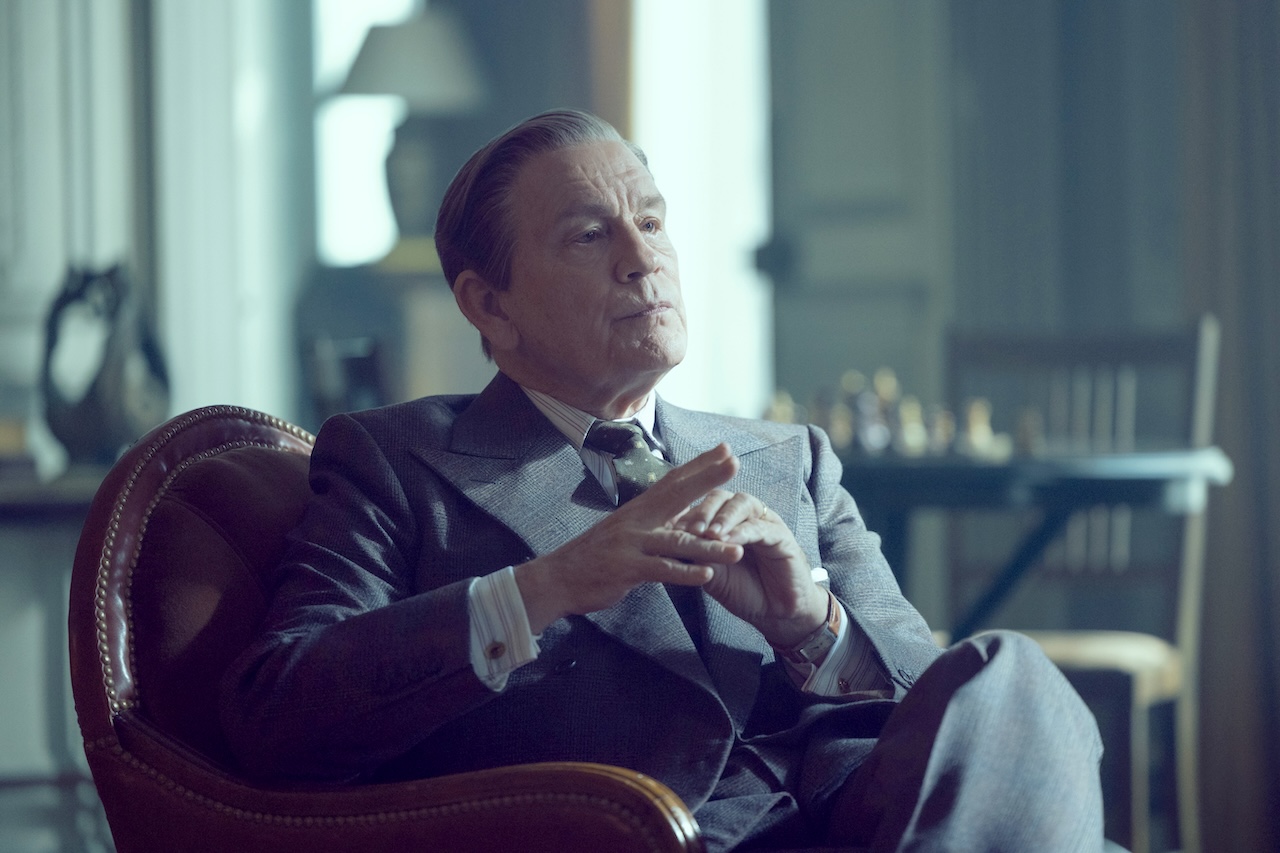Todd A. Kessler Compares And Contrasts Christian Dior And Coco Chanel in “The New Look”

Most people appreciate the enduring impact that visionaries Christian Dior and Coco Chanel made in the fashion world which is the subject of Todd Kessler’s (Damages, The Sopranos) television series.
Set in 1947 after Nazi occupied Paris during WWII, when Dior and Chanel were clashing with their creative approaches to fashion, Dior led Paris out of the occupation with his inspired “New Look” collection. Kessler spoke to Creative Screenwriting Magazine about his TV show and this pivotal time in history.
“For this story in particular, and The New Look, my desire was to explore what was going on in the lives of these characters,” says Kessler. “Many of these people were working designers at the start of the war. I was interested in how the war shaped and influenced their aesthetic and their careers. I wasn’t that interested in fashion prior to exploring this,” he continues.
Kessler also realized that the general public knew little about the most prominent fashion designers of the time. During his research, it became clear that there was a creative movement similar to the French Impressionists and the Harlem Renaissance afoot. This applied to fashion, music and other aspects of arts and culture.

Todd A. Kessler
“There’s a reason why a group of people is going through something similarly and coming out of that experience to leave an indelible impression on culture. The combination of Nazis and taking away freedoms and restricting expression along with the horrors of World War II, there was an explosion of creativity and innovation.”
Christian Dior & Coco Chanel – Opposite Approaches To Fashion Design
Dior (Ben Mendelsohn) and Chanel (Juliette Binoche) were polar opposites who approached design very differently. Dior was obsessed with meticulous sketches as part of his design process and didn’t like to touch his models during his creative process.
Chanel did no sketching and would take fabric and create the dresses on the bodies of the models
Coco Chanel was also had a very successful career since the 1920s before the start of the war and considered part of the establishment. “The mark she left prior to the war was to create clothing for women that freed them from the corset and was much more modern. It was the 1920s ‘flapper’ style with short haircuts and an androgynous style of dress that is very straight with no shape.” They were functional designs to allow women to ride bikes and so forth.
Dior wanted to a return to classical female beauty and put woman in corsets again and create dresses with cinched waists. “His first five collections were all inspired by the shapes of flowers that he had studied as a child when he spent time with his mother in her garden.”
Chanel was an outspoken critic of Dior’s aesthetic. When he launched his collection in 1947, she was quoted as saying, “Dior doesn’t dress women, he upholsters them and he treats them like furniture.” He famously used padding in his designs to make women who had lost weight during the war due to food rations appear bulkier as a stark reminder of the times.
The timing of the rise of Christian Dior and his new look was vital in establishing the new flowers sprouting in the rubble of post-war France. Many films and television shows illustrate the horrors of war, but few focus on the rebuilding after it ended.

Christian Dior (Ben Mendelsohn) Photo courtesy of Apple TV
The New Look uses flashbacks to depict the destruction the Nazis left behind. Episode 3 shows the liberation of Paris. But Fashion Week, albeit condensed, was continued to raise the spirits of the country. Dior raised more than a few eyebrows with his unconventional approach to fashion.
Kessler notes that Christian Dior did not coin the term “The New Look.” It was created by Harper’s Bazaar then editor-in-chief Carmel Snow. Her comments and endorsement thrust the fledgling designer into the high society stratosphere.
The writer chose The New Look as the title of his series, not only to memorialize Dior’s career-making collection, but also to capture the hope that came with looking at the new Paris and history in a new way.
Crafting The Television Series
Todd Kessler had a rich body of reference material to draw factual information from. He wanted a dramatized version of historical events rather than creating a documentary style biopic.
“The desire is to make The New Look a compelling story told in episodes that are entertaining and have an emotional impact.” Kessler thoroughly researched the lives of Dior, Chanel and his contemporaries Balenciaga and Balmain. “I went deep and wide in the research. There’s nothing satisfying about creating events that didn’t happen.”
One of Kessler’s challenges was choosing which events to include in order to create a coherent story that can be understood by audiences. He also read many memoirs and interviews with the characters in The New Look in order to write better dialogue.
He condensed and shifted some time frames to streamline the events in the ten episode series. Kessler cites the return of Christian’s sister Catherine (Maisie Williams) to Paris after imprisonment as an example. She spent eight months trying to eat solid food again and regain her health, but Todd decided to condense this storyline to keep the series moving along. His goal was to display the impact and spirit of imprisonment without showing too much.
The five year development phase consisted of two parts. “It was about two years before I went to sell the series and then the process with Apple through production was another three years.”
He had come up with a concept for the season and wrote the pilot episode before he approached Apple. They wanted more emphasis on the war period which is evident in the first three episodes. Originally, Kessler started the series from the six months leading to the launch of Dior’s collection in 1947 and ending it with the six months leading to his death of a heart attack in 1957.
Todd Kessler has an interesting take on his writing voice. “I would like to be invisible.” He doesn’t like the idea of audiences saying a film or television show was written by a particular writer. The only voices he wants his audiences to be aware of are those of his characters. He wants his audiences to engage in conversations about the morality of his characters rather than him pointing it out. “It’s not my desire to tell who is good or bad. I want to present characters, and you as an audience, can draw your own conclusions.”
He likes it when one person likes a particular character, but someone else dislikes them. “You’re being guided to feel something, but ideally you’re supported in drawing your own conclusions.“
Join the Discussion!
Related Articles
Browse our Videos for Sale
[woocommerce_products_carousel_all_in_one template="compact.css" all_items="88" show_only="id" products="" ordering="random" categories="115" tags="" show_title="false" show_description="false" allow_shortcodes="false" show_price="false" show_category="false" show_tags="false" show_add_to_cart_button="false" show_more_button="false" show_more_items_button="false" show_featured_image="true" image_source="thumbnail" image_height="100" image_width="100" items_to_show_mobiles="3" items_to_show_tablets="6" items_to_show="6" slide_by="1" margin="0" loop="true" stop_on_hover="true" auto_play="true" auto_play_timeout="1200" auto_play_speed="1600" nav="false" nav_speed="800" dots="false" dots_speed="800" lazy_load="false" mouse_drag="true" mouse_wheel="true" touch_drag="true" easing="linear" auto_height="true"]










You must be logged in to post a comment Login